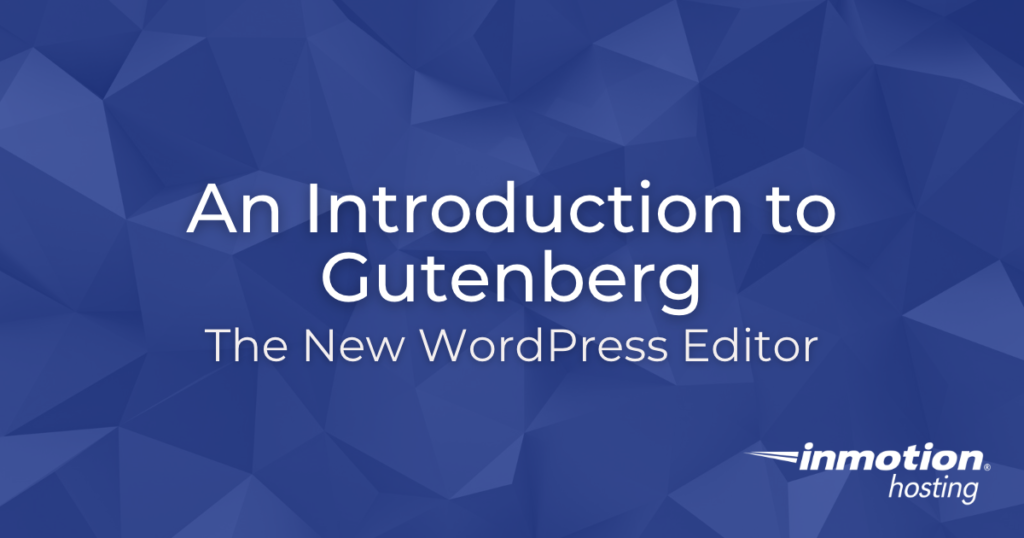
For years now, WordPress has been the go-to system for creating websites that are dynamic and professional. But rather than rest on their laurels, WordPress is now developing a new editor called Gutenberg, named after the inventor of the printing press. Just like Gutenberg revolutionized the printed page with his invention, WordPress is hoping to change the way people develop websites.
The prototype of the editor began beta-testing earlier this year and will be launching soon. However, they are currently offering the ability for users to test it out! So far, 20,000 users have installed the software.
So here’s exactly what you need to know about this new WordPress editor:
- Moving to the block—One of the biggest changes with the Gutenberg editor is that it is moving to a “block” format. Essentially, you start out by placing a block on your blank page. Then you can move the block up or down, left or right.
Once you have the block arranged where you want, you can edit the content of the block. You can also add another block…and another…and another. Many reviewers of this new format have compared it to LEGO blocks.
- What’s in the box?—Now that you have the block created on your page, you need to fill it with content. So what can go inside that particular block? The short answer is — anything. Obviously, the two biggest elements to put in the block will be text and images. But you can also add widgets, such as those you have already used in WordPress on your sidebars, as well as pull quotes, tables, charts, buttons, and videos.
Another way that you can streamline the process is with a “Recent Block” feature that shows your recently created block types so you can easily add more of the same; it’s now a template.
- Outside material—Just as WordPress has allowed third-party developers to create plugins for their program, they will now allow those same developers to create blocks for others to use. Gutenberg also allows you to embed material from outside sources, including YouTube and Hulu but also social media material including Twitter.
- Advanced features—Don’t get us wrong. Gutenberg will definitely make some things easier with page design, but it isn’t totally basic. In fact, there are some advanced features you can use. For instance, those designers who are already experienced with writing source code can go directly in with the touch of a button and edit the source code. Additionally, you can already get some plugins that let you add blocks with the promises of more to come.
- Future updates—There have already been some comments on things that are missing from this version that may be added in future updates. First, Gutenberg is not necessarily a full-fledged page editor. It currently doesn’t have flexible columns and is not the true drag-and-drop platform that is currently popular. (However, it does allow you to use drag-and-drop with images so you can place them directly into blocks. That’s a definite plus!)
WordPress seems to be doing a slow rollout of this new platform and is still planning to allow people to use the classic editor format. However, some people are voicing opposition to the plan, especially with concerns about backward compatibility. Ultimately, this is the first of three planned stages that will eventually include templates and full site customization. The future is still a bit uncertain for this change, but it will continue to be something that web designers are talking about for months to come.
Are you struggling with your WordPress website not loading quickly? Don’t lose visitors because of site speed, get the power and speed of WordPress Hosting from InMotion Hosting. Not only does WordPress Hosting bring speed, but also auto updates, site backups and so much more.